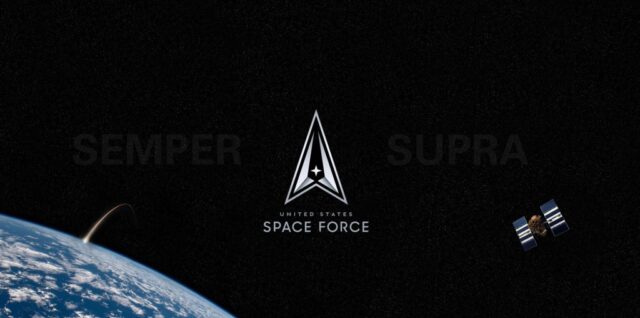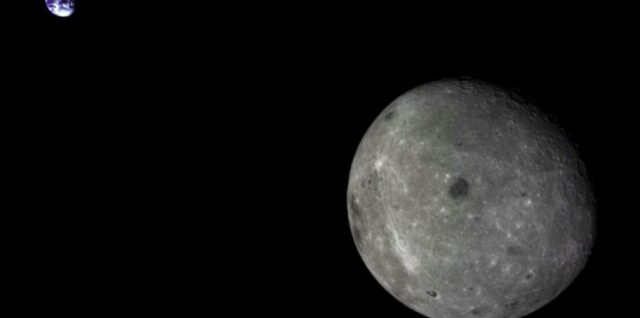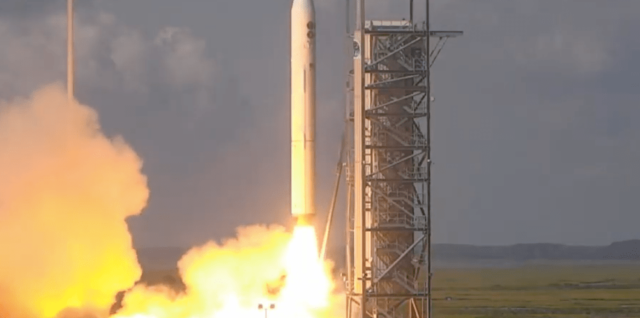How AI is helping scientists unlock some of the sun’s deepest secrets

AI can bridge the growing gap between new and old solar observations and help scientists uncover overlooked aspects of our star’s long-term evolution, a new study argues. Continue ReadingHow AI is helping scientists unlock some of the sun’s deepest secrets
M83: Big, bright, and beautiful
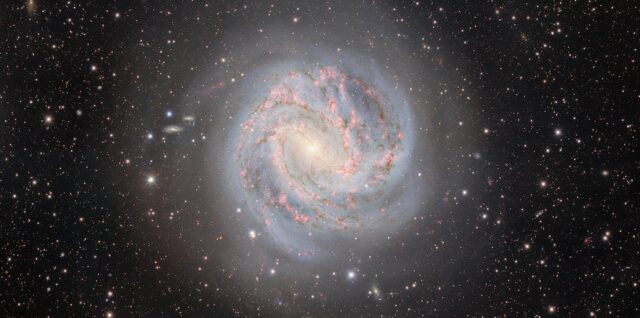
The Southern Pinwheel Galaxy (M83) in Hydra checks almost every box an amateur astronomer could desire. This stunning barred spiral spans a hefty 14′ and, at magnitude 7.5, ranks among the sky’s 10 brightest galaxies. Its only drawback is location — at a declination of –30°, it lies farther south than any other galaxy inContinue reading “M83: Big, bright, and beautiful” The post M83: Big, bright, and beautiful appeared first on Astronomy Magazine. Continue ReadingM83: Big, bright, and beautiful
U.S. Space Force lays out battle plan for space in new ‘warfighting’ guide
Astronomers detect strongest sign yet of possible life on a planet beyond our own
Texas Space Commission awards $26 million to five companies
Astronomers explore globular cluster system of ultra-diffuse galaxy NGC5846_UDG1

Astronomers from Swinburne University in Australia and elsewhere have employed the Keck II telescope to investigate the globular cluster system of an ultra-diffuse galaxy designated NGC5846_UDG1. Results of the observations, published April 4 on the arXiv pre-print server , could help us better understand the nature of this galaxy.
Rare ‘cannibal’ solar eruption sparks severe geomagnetic storm, triggers stunning auroras (photos)
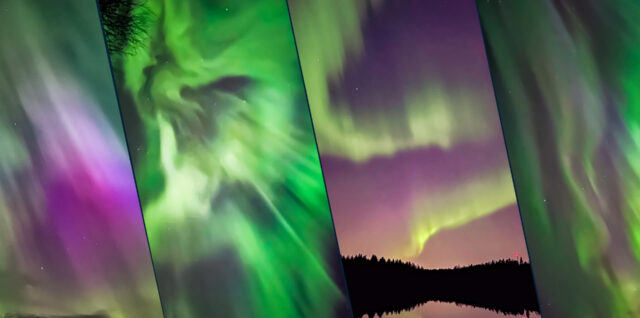
The solar eruption set Earth’s skies ablaze, with vibrant auroras visible across the Northern and Southern Hemispheres. Continue ReadingRare ‘cannibal’ solar eruption sparks severe geomagnetic storm, triggers stunning auroras (photos)
Mission team details complex rescue of Chinese lunar spacecraft
Why Resilient GPS (R-GPS) Matters for US Military Superiority: We Must Address GPS Vulnerabilities
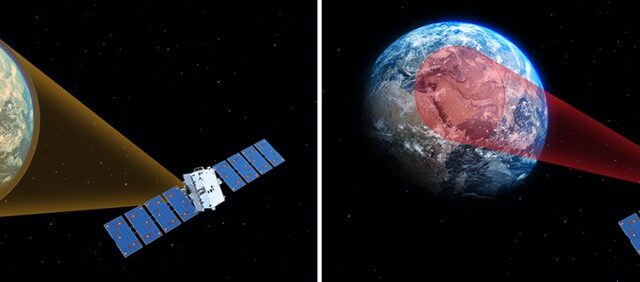
GPS is not only a cornerstone to our military superiority, it is foundational to our national and global economic stability. In fact, analysts warn that GPS outages could cost our […] The post Why Resilient GPS (R-GPS) Matters for US Military Superiority: We Must Address GPS Vulnerabilities appeared first on SpaceNews.
Astrophysicists propose new method to directly detect ultralight dark matter
Where to see the Lyrid meteor shower 2025: Top viewing tips
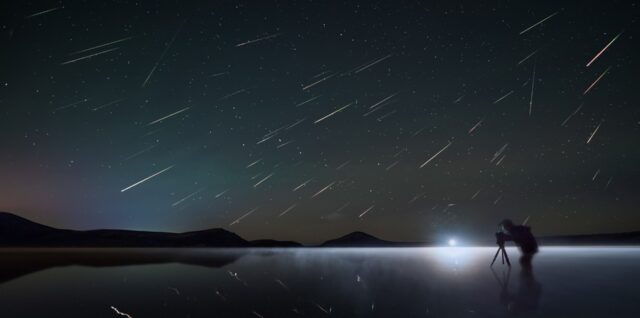
Here’s how and where to see the Lyrid meteor shower in 2025, which is active between April 16-25 and peaks on April 22. Continue ReadingWhere to see the Lyrid meteor shower 2025: Top viewing tips
Vast swarms of hidden galaxies may be secretly bathing the universe in a soft glow
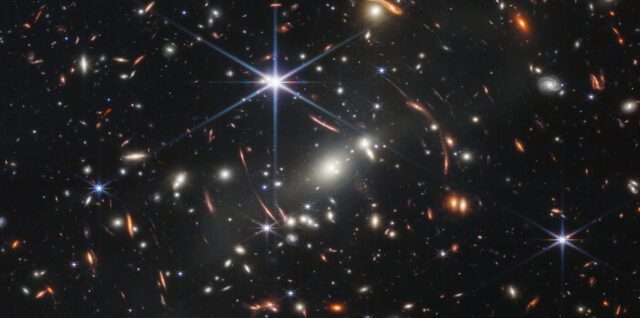
A fog of long-wavelength infrared light could be produced by dusty, star-forming galaxies that have remained hidden — until now, that is. Continue ReadingVast swarms of hidden galaxies may be secretly bathing the universe in a soft glow
A ‘fireball’ lights up Mexico City skies, sparking awe and plenty of memes
The most metal-poor stars are living fossils from the beginning of the universe

Our sun, like all stars, is made mostly of hydrogen and helium. They are by far the most abundant elements, formed in the early moments of the universe. But our star is also rich in other elements astronomers call metals: carbon, nitrogen, iron, gold, and more. These elements were created through astrophysical processes, such as supernovas and neutron star collisions.
Q&A: What if we don’t find any life on exoplanets?

Scientists are currently planning two major space missions to search for life in space: NASA’s Project HWO and Project LIFE, led by ETH Zurich. If one of these missions were to discover life on an exoplanet, i.e., a planet outside of our solar system, this would be a sensational finding with implications far beyond science and would change our entire view of the world.
K2-18 b could have dimethyl sulfide in its air. But is it a sign of life?

Scientists have reported new observations from NASA’s James Webb Space Telescope (JWST) that strengthen the case that the exoplanet K2-18 b has molecules in its atmosphere that, on Earth, are produced only by life. The work, announced Wednesday, builds on previous observations from JWST published in 2023 by the same team that yielded weak hintsContinue reading “K2-18 b could have dimethyl sulfide in its air. But is it a sign of life?” The post K2-18 Continue ReadingK2-18 b could have dimethyl sulfide in its air. But is it a sign of life?
Minotaur IV rocket launches spy payloads for National Reconnaissance Office
US and UK militaries pick Rocket Lab’s HASTE launcher to help test hypersonic tech
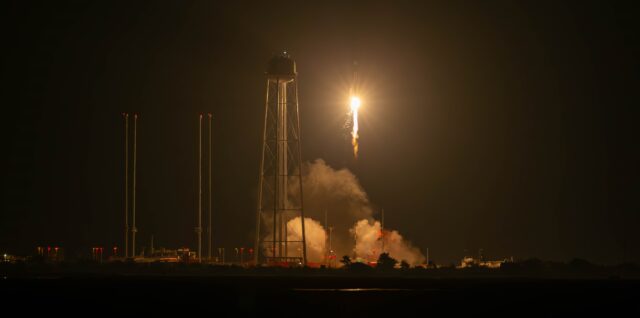
The militaries of the U.S. and the U.K. have selected Rocket Lab as a potential partner for their multibillion-dollar programs to develop hypersonic technology. Continue ReadingUS and UK militaries pick Rocket Lab’s HASTE launcher to help test hypersonic tech
Rocket repurposed from intercontinental ballistic missile launches secret US spy satellites to orbit from California
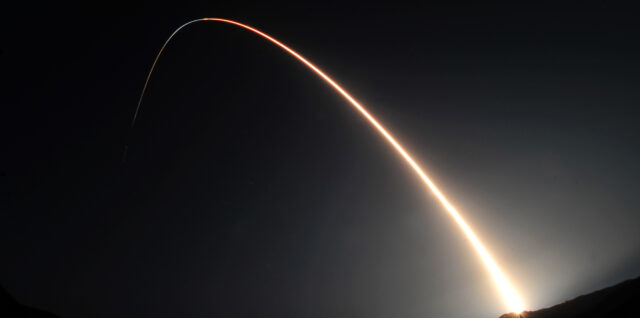
A Minotaur IV rocket sent multiple classified payloads skyward for the U.S. National Reconnaissance Office from California’s Vandenberg Space Force Base on Wednesday (April 16). Continue ReadingRocket repurposed from intercontinental ballistic missile launches secret US spy satellites to orbit from California

